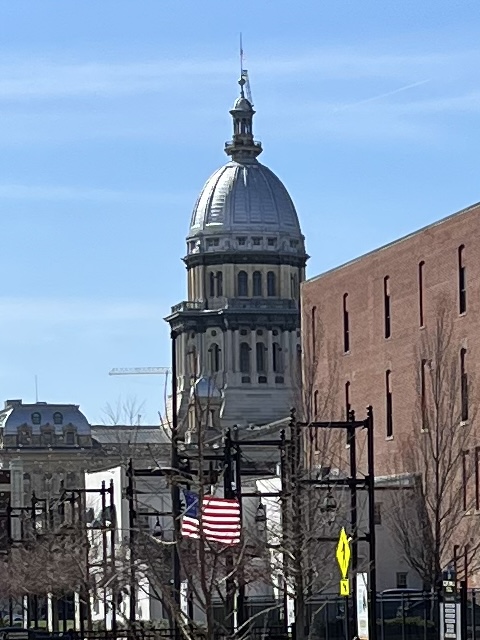I’m trying to start using my long-neglected blog kind of like a daily journal. We’ll see if I keep up with it.
Ever since COVID hit back in 2020, I’ve been doing more weekend bike rides, combining them with geocaching. Prior to that, I used my bike almost exclusively to commute to work. I still commute by bike, but not nearly as much as I used to, so these weekend rides are a good way to get some more biking in.
Today, I rode a 32 mile loop, which included some areas where I hadn’t previously biked: BWI Trail to B&A Trail, then back to Linthicum via Marley Neck Blvd., Fort Smallwood Rd., Hawkins Point Rd., Pennington Ave., and Ordnance Rd. Ordnance through Glen Burnie is not a route I would typically recommend, but it was doable early on a Sunday morning. The rest of the ride was great, and I found 5 caches along the way. I rode my Masi single speed for the first time in several months. The bike had been out of commission because the valve stem on the rear tube had broken, and I was out of tubes that fit the wheel. It took me a few months to get around to buying new tubes, putting one on, and reinstalling the wheel. Also, last year, the bike shop rebuilt the front wheel, because I had been breaking a lot of spokes. I wanted to take a few longer rides on the bike before I take it to the beach later this summer, just to put the wheel through its paces, although I’ve taken several rides on it already. So far, so good.
